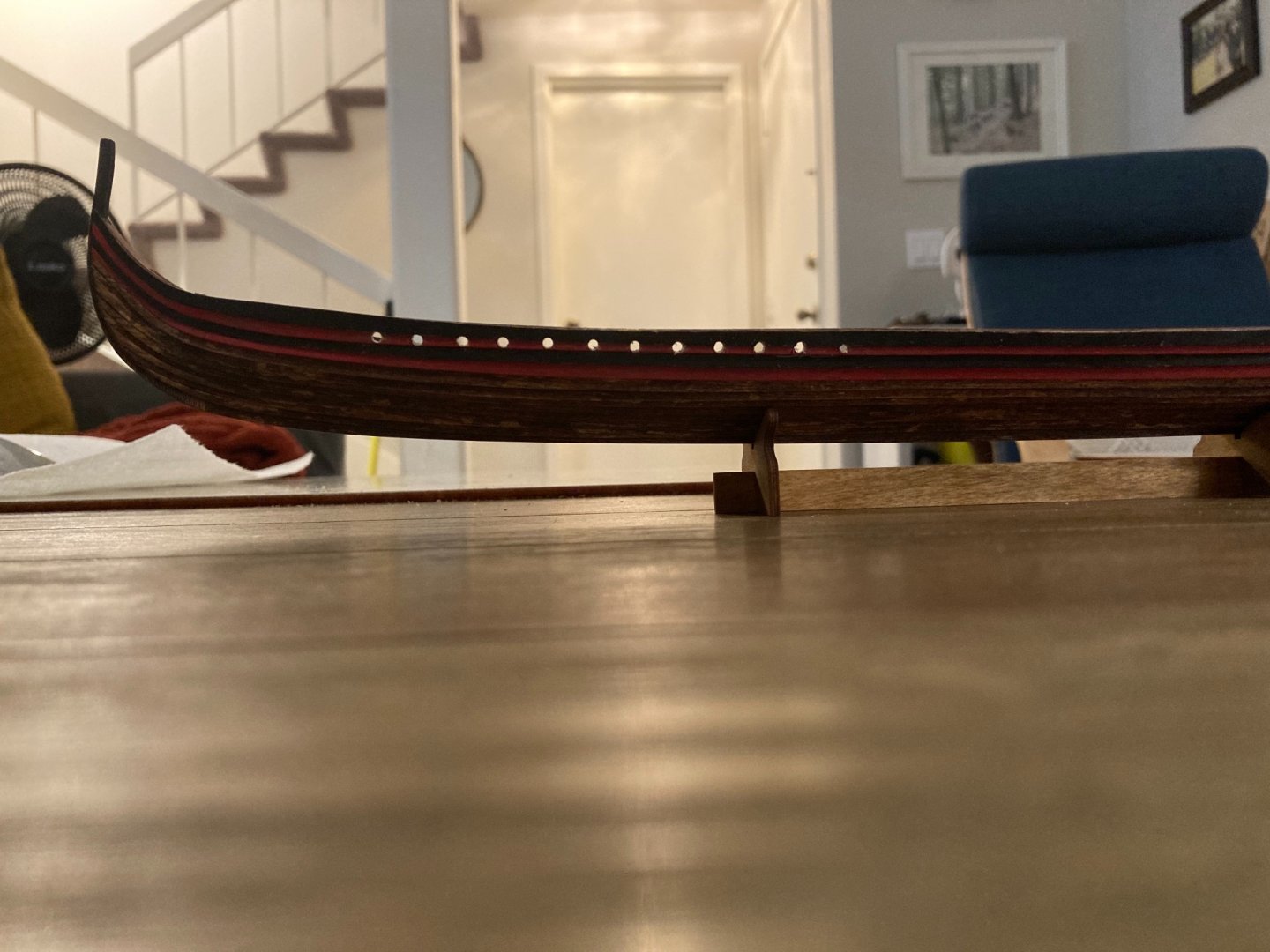-
Posts
151 -
Joined
-
Last visited
-
 Katsumoto reacted to a post in a topic:
Santa Maria 1492 by Katsumoto - FINISHED - Artesania Latina - scale 1:65
Katsumoto reacted to a post in a topic:
Santa Maria 1492 by Katsumoto - FINISHED - Artesania Latina - scale 1:65
-
 tarbrush reacted to a post in a topic:
Venetian Round Ship c. 13th century by woodrat - FINISHED - 1:32 scale - fully framed
tarbrush reacted to a post in a topic:
Venetian Round Ship c. 13th century by woodrat - FINISHED - 1:32 scale - fully framed
-
 lmagna reacted to a post in a topic:
Oseberg by Arjan - FINISHED - Billing Boats - 1/25 - Longship rc conversion
lmagna reacted to a post in a topic:
Oseberg by Arjan - FINISHED - Billing Boats - 1/25 - Longship rc conversion
-
 GrandpaPhil reacted to a post in a topic:
Viking Longship by Binho - Dusek - Scale 1:72 - Model based on the 11th Century Skuldelev 2 wreck
GrandpaPhil reacted to a post in a topic:
Viking Longship by Binho - Dusek - Scale 1:72 - Model based on the 11th Century Skuldelev 2 wreck
-
 GrandpaPhil reacted to a post in a topic:
Viking Longship by Binho - Dusek - Scale 1:72 - Model based on the 11th Century Skuldelev 2 wreck
GrandpaPhil reacted to a post in a topic:
Viking Longship by Binho - Dusek - Scale 1:72 - Model based on the 11th Century Skuldelev 2 wreck
-
 GrandpaPhil reacted to a post in a topic:
Viking Longship by Binho - Dusek - Scale 1:72 - Model based on the 11th Century Skuldelev 2 wreck
GrandpaPhil reacted to a post in a topic:
Viking Longship by Binho - Dusek - Scale 1:72 - Model based on the 11th Century Skuldelev 2 wreck
-
 GrandpaPhil reacted to a post in a topic:
Viking Longship by Binho - Dusek - Scale 1:72 - Model based on the 11th Century Skuldelev 2 wreck
GrandpaPhil reacted to a post in a topic:
Viking Longship by Binho - Dusek - Scale 1:72 - Model based on the 11th Century Skuldelev 2 wreck
-
 GrandpaPhil reacted to a post in a topic:
Viking Longship by Binho - Dusek - Scale 1:72 - Model based on the 11th Century Skuldelev 2 wreck
GrandpaPhil reacted to a post in a topic:
Viking Longship by Binho - Dusek - Scale 1:72 - Model based on the 11th Century Skuldelev 2 wreck
-
 GrandpaPhil reacted to a post in a topic:
Viking Longship by Binho - Dusek - Scale 1:72 - Model based on the 11th Century Skuldelev 2 wreck
GrandpaPhil reacted to a post in a topic:
Viking Longship by Binho - Dusek - Scale 1:72 - Model based on the 11th Century Skuldelev 2 wreck
-
 GrandpaPhil reacted to a post in a topic:
Viking Longship by Binho - Dusek - Scale 1:72 - Model based on the 11th Century Skuldelev 2 wreck
GrandpaPhil reacted to a post in a topic:
Viking Longship by Binho - Dusek - Scale 1:72 - Model based on the 11th Century Skuldelev 2 wreck
-
 Binho reacted to a post in a topic:
Gokstad c. 900 AD by bigpetr - 1:48 - CARD - viking ship
Binho reacted to a post in a topic:
Gokstad c. 900 AD by bigpetr - 1:48 - CARD - viking ship
-
 Binho reacted to a post in a topic:
Viking Longship by Binho - Dusek - Scale 1:72 - Model based on the 11th Century Skuldelev 2 wreck
Binho reacted to a post in a topic:
Viking Longship by Binho - Dusek - Scale 1:72 - Model based on the 11th Century Skuldelev 2 wreck
-
 Binho reacted to a post in a topic:
Gokstad c. 900 AD by bigpetr - 1:48 - CARD - viking ship
Binho reacted to a post in a topic:
Gokstad c. 900 AD by bigpetr - 1:48 - CARD - viking ship
-
 Binho reacted to a post in a topic:
Viking Longship by Binho - Dusek - Scale 1:72 - Model based on the 11th Century Skuldelev 2 wreck
Binho reacted to a post in a topic:
Viking Longship by Binho - Dusek - Scale 1:72 - Model based on the 11th Century Skuldelev 2 wreck
-
 Binho reacted to a post in a topic:
Viking Longship by Binho - Dusek - Scale 1:72 - Model based on the 11th Century Skuldelev 2 wreck
Binho reacted to a post in a topic:
Viking Longship by Binho - Dusek - Scale 1:72 - Model based on the 11th Century Skuldelev 2 wreck
-
@bigpetr here is more info on the weathervanes: https://sagy.vikingove.cz/scandinavian-cloak-pins-with-miniature-weathervanes/ Seems that in art prior to the 11th century the weather vanes tended to be placed at the top of the mast. Here are all the known vanes, which date from 1000-1300. Aside from the horse, there are a few other known finials. Here are their depictions in iconography, from 800-1300 A cool candlestick holder (1100-1300) in the shape of a ship with weather vanes at both ends
-
It's been a great build to follow, and an absolutely lovely case. Really compliments the model!
-
 Binho reacted to a post in a topic:
10th-11th century Byzantine dromon by Louie da fly - FINISHED - 1:50
Binho reacted to a post in a topic:
10th-11th century Byzantine dromon by Louie da fly - FINISHED - 1:50
-
 Binho reacted to a post in a topic:
10th-11th century Byzantine dromon by Louie da fly - FINISHED - 1:50
Binho reacted to a post in a topic:
10th-11th century Byzantine dromon by Louie da fly - FINISHED - 1:50
-
Steven is right, we don't know. We actually know even less about the "dragon heads" on the prow, none has ever been found. I think they've become more of a visual meme than a historical truth. One carved ship's figurehead from Belgium, currently in the British Museum, was initially claimed to be Viking. However it turned out to be late Roman after radio-carbon dating. As far as I'm aware, all the evidence for dragon heads is from the sagas (which are 12th-14th century) and 11th century or later art and graffiti. And even then, the dragon-heads seem to be associated with the larger ships, like Skuldelev 2, dating from around the late 10th-century onward. So a vane is just as likely as a dragon's head, in terms of evidence, I'd say!
-
 Binho reacted to a post in a topic:
Viking Longship by Binho - Dusek - Scale 1:72 - Model based on the 11th Century Skuldelev 2 wreck
Binho reacted to a post in a topic:
Viking Longship by Binho - Dusek - Scale 1:72 - Model based on the 11th Century Skuldelev 2 wreck
-
 Binho reacted to a post in a topic:
Viking Longship by Binho - Dusek - Scale 1:72 - Model based on the 11th Century Skuldelev 2 wreck
Binho reacted to a post in a topic:
Viking Longship by Binho - Dusek - Scale 1:72 - Model based on the 11th Century Skuldelev 2 wreck
-
 Binho reacted to a post in a topic:
Viking Longship by Binho - Dusek - Scale 1:72 - Model based on the 11th Century Skuldelev 2 wreck
Binho reacted to a post in a topic:
Viking Longship by Binho - Dusek - Scale 1:72 - Model based on the 11th Century Skuldelev 2 wreck
-
17/60... I decided to throw on some butterfly clips to hold the strakes together while I drill, and the glue joint seems to be holding better. I’m also considering doing a weather vane instead of a dragon head. We have depictions and descriptions for both, and have some actual weather vane finds. I think the gold would go really nice with the red and black scheme. Here’s a 12th-century carving of ships prow, an actual vane, and the Sea Stallion with a vane.
-
Metal hoops on barrels only really became standard in the very late 1800's with industrialization and increased iron production. They existed before, but weren't very common. More common on heavily reused things like buckets, though even then it wasn't that common. Hazel or willow hoops on a barrel during the American Civil War (All barrels I've seen on pictures from the period have hazel/willow hoops) Barrel from a 16th century Spanish or French Shipwreck, I believe. Cooper Niclas Putner from the 1425 Mendel Hausbach
-
A bit of progress! Wednesday has become my ship model working day while my wife is taking a class. Continued drilling the oarports. After messing with some scrap, the solution I settled on is drilling with the 2mm bit through nearly 1 plank thickness, then using a circular file to widen the hole and file out the top plank. It’s slow going, and unfortunately the glue joint between the oar strake and the strake below partially popped. It was an easy fix though! I’m sure it’ll happen again before I’m through, but I don’t see any other way. 12 down, 48 to go!
-
Great solution Eric! Skuldelev 2 didn’t have its gunwale preserved, so we have no idea where the oarports actually were. The contemporary Skuldelev 5 has the oarports in the gunwale, and the contemporary Bayeux tapestry also shows oarports in the gunwale- so for all we know, your solution may be more accurate
-
@KrisWood if you haven't seen this, check it out: https://my.matterport.com/show/?m=x4xgpD8hUBj The Oslo Museum of Cultural history has a 360 degree walk around of the Osberg ship exhibition space (Looks like the pictures were taken while they were scanning it a few years back). The pictures are very high resolution and you can see a lot of detail.
-
Good problem solving their Cathead! I think that's a good solution for straightening the sides. It's strange your kit didn't come with the square stock, mine had it. They must have just forgotten to pack it in to yours. I'm always for color on these older ships. These were built by powerful lords to show off, so should look the part! The Heimskringla mentions gilding on the ships of King Sweyn of and King Harald Hardrada of Norway, which are contemporaneous with this ship.
About us
Modelshipworld - Advancing Ship Modeling through Research
SSL Secured
Your security is important for us so this Website is SSL-Secured
NRG Mailing Address
Nautical Research Guild
237 South Lincoln Street
Westmont IL, 60559-1917
Model Ship World ® and the MSW logo are Registered Trademarks, and belong to the Nautical Research Guild (United States Patent and Trademark Office: No. 6,929,264 & No. 6,929,274, registered Dec. 20, 2022)
Helpful Links
About the NRG
If you enjoy building ship models that are historically accurate as well as beautiful, then The Nautical Research Guild (NRG) is just right for you.
The Guild is a non-profit educational organization whose mission is to “Advance Ship Modeling Through Research”. We provide support to our members in their efforts to raise the quality of their model ships.
The Nautical Research Guild has published our world-renowned quarterly magazine, The Nautical Research Journal, since 1955. The pages of the Journal are full of articles by accomplished ship modelers who show you how they create those exquisite details on their models, and by maritime historians who show you the correct details to build. The Journal is available in both print and digital editions. Go to the NRG web site (www.thenrg.org) to download a complimentary digital copy of the Journal. The NRG also publishes plan sets, books and compilations of back issues of the Journal and the former Ships in Scale and Model Ship Builder magazines.


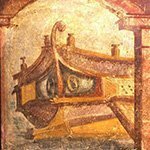

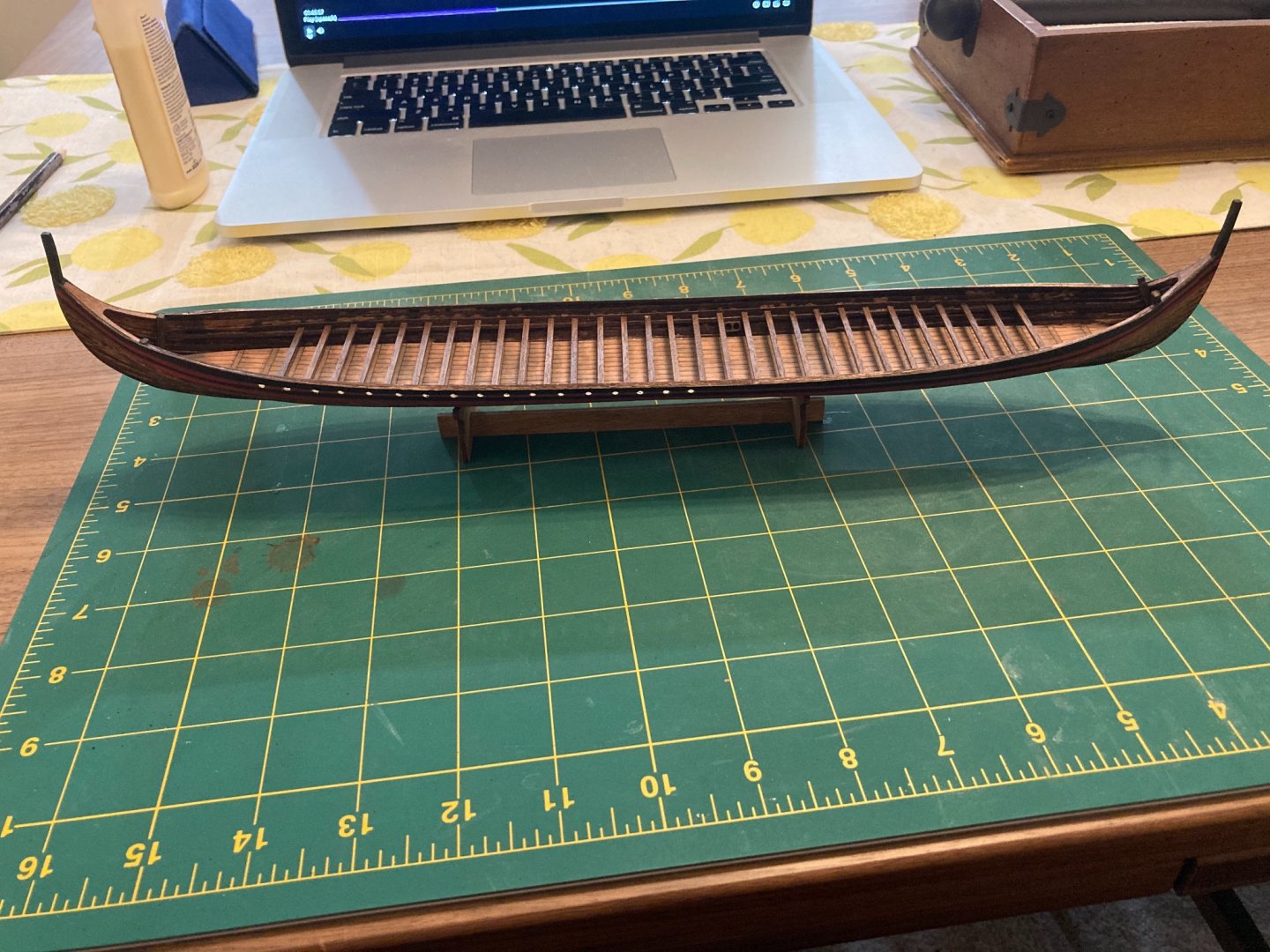
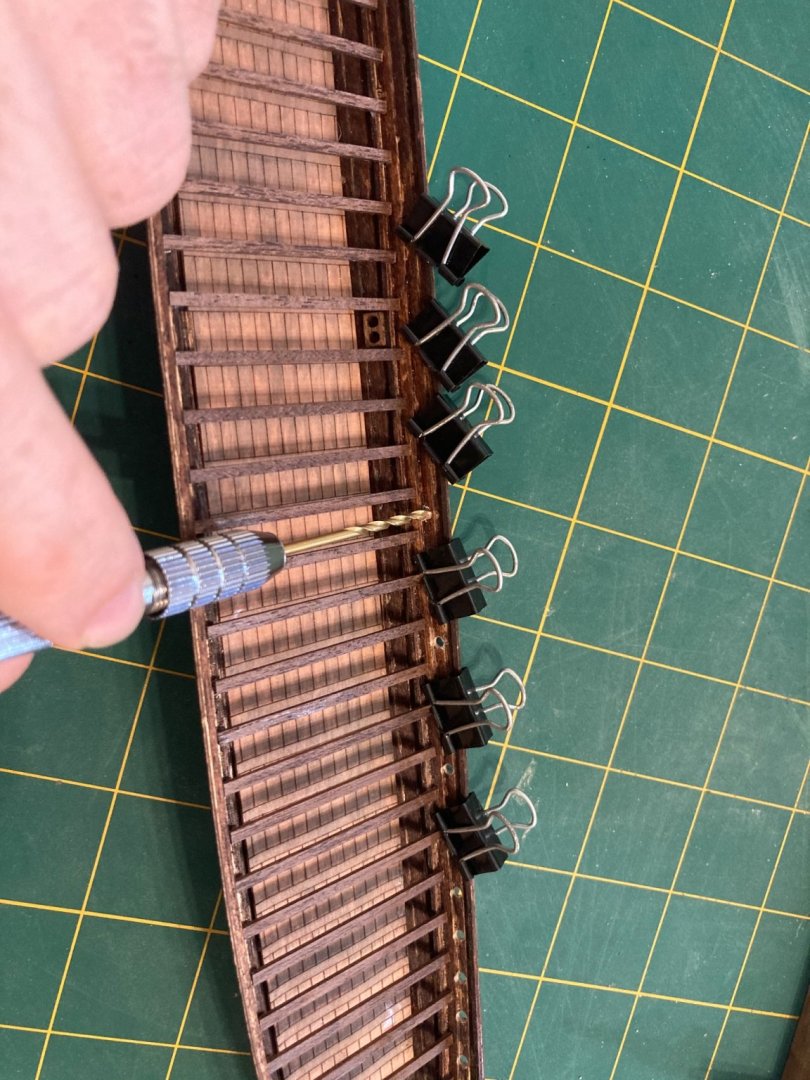
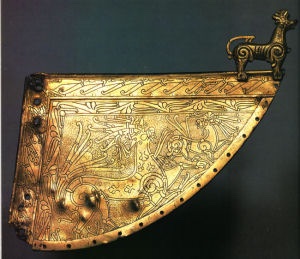
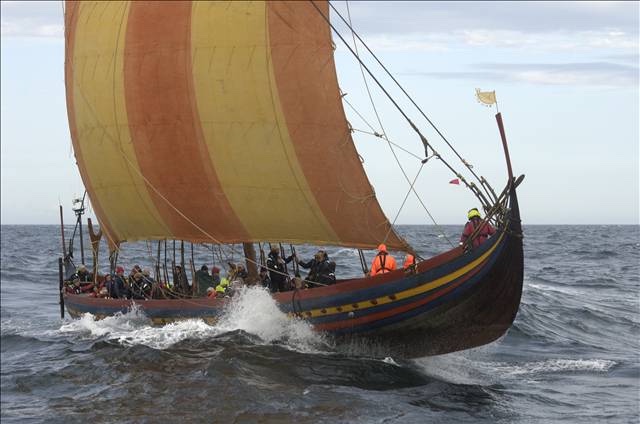

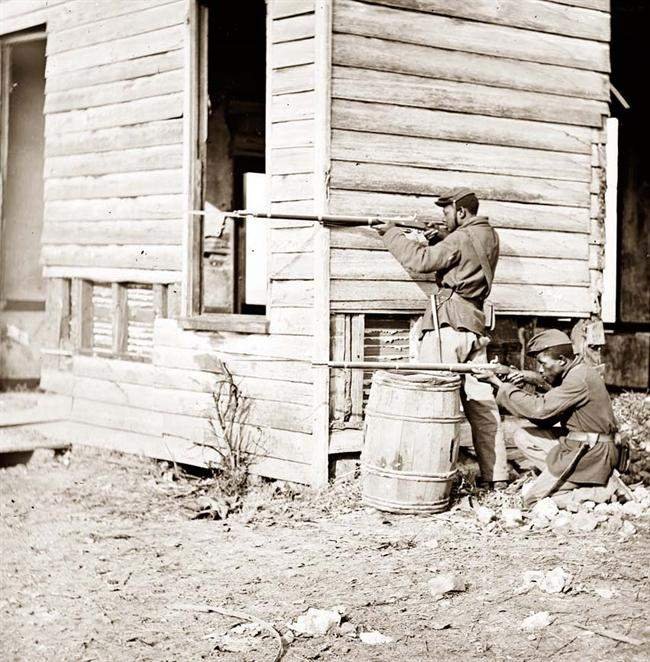
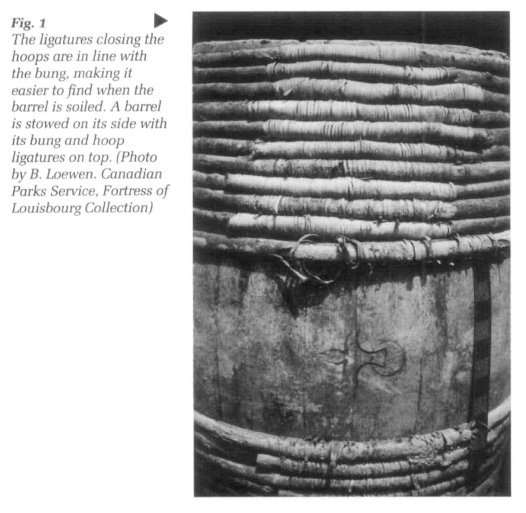
-MendelHausbach.thumb.jpg.dbd7e533dcc651f644921c6be11a6aef.jpg)
